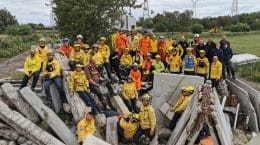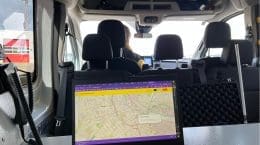/ English text below /
Osnabrück/Geneva, 25 November 2021 - As the first international search and rescue team of the category “Light”, the German relief organisation @fire was classified by the United Nations (UN) in the past few days. For this purpose, a 20-member rescue team went through a large-scale international exercise lasting several days for a rescue operation after earthquakes in Switzerland.
A devastating 7.1 magnitude earthquake shook the Republic of Jureneva at 9:36 am local time on Sunday morning. The local government estimates at least 2,300 injured and 1,000 dead. Around 1,230 people are missing in the more than 1,500 collapsed buildings. This is the scenario of the exercise “INSIEME 21” of the UN’s International Search and Rescue Advisory Group (INSARAG).
After an initial situation assessment by the @fire home staff, the @fire rescue team is alerted and mobilised on Sunday. The specialists for biological and technical detection as well as for technical rescue, a construction consultant, three rescue dogs, logisticians and other disaster specialists gather for the final equipment check and medical examinations at the rescue centre in Waldkirch (BW). On Monday morning, the team finally moves to the assumed area of operation, a training area of the Swiss army in Epeisses near Geneva (Switzerland). Once there, the first task is to start up the Reception/Departure Centre (RDC), through which all arriving rescue teams are received and registered. At the same time, a small tent city will be set up as a base of operations for the @fire team. The base serves as a self-sufficient accommodation and operation centre from which the individual operation sites are approached.

After a first reconnaissance of the area of operation, the first operation site is still to be dealt with on Monday evening. With the rescue dogs as well as technical locating equipment, a missing person in a collapsed house has to be located and freed by means of a breakthrough. Late into the night, the disaster relief workers are busy with the rescue before returning to their Base of Operations for a short night’s rest.
Further response sites at various collapsed buildings will follow on Tuesday and during the night of Wednesday. More missing persons have to be found and rescued and given first aid by means of vertical and horizontal breakthroughs through steel-reinforced concrete and by using pneumatic lifting bags, a winch or rope technology. Building outriggers and working with a crane are also among the tasks.
More than 30 assessors from 23 countries and international observers evaluate the disaster relief workers according to the INSARAG Guidelines. In addition to the first-time classification of @fire as a Light Team, the Heavy Team “Swiss Rescue” from Switzerland and the Medium Team “PUI” from France will also be recertified during INSIEME21.
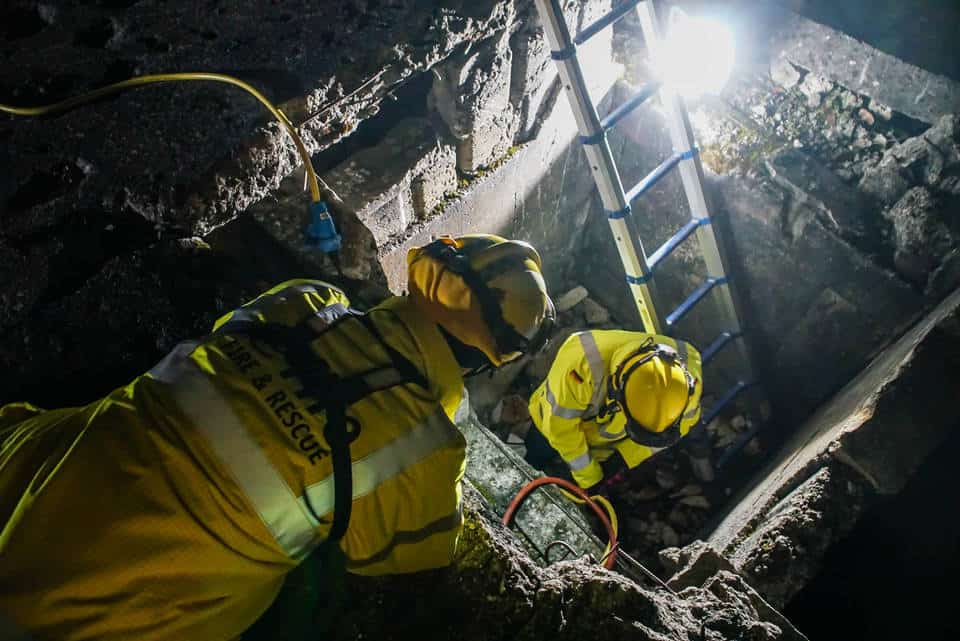
After the successful completion of the rescue work on Wednesday morning, the INSARAG representatives were finally able to present the @fire forces with the official certificate. This makes the aid organisation @fire the 58th classified USAR team and the first search and rescue team in the world to go through the classification as a light team.
“We started working on the topic of USAR almost 16 years ago. With milestones in Haiti, Nepal and Beirut. We have not only become a member of the international USAR community, but have also set the tone with the development of a Light USAR team,” says @fire chairman Jan Südmersen proudly. “As a light team, we are the rapid spearhead of international relief after devastating natural disasters.”
---------------
Background:
As a United Nations organisation, the International Search and Rescue Advisory Group (INSARAG) coordinates and standardises international cooperation in the field of Urban Search and Rescue (USAR), i.e. search and rescue after natural disasters such as earthquakes. All rescue teams must undergo INSARAG External Classification (IEC) and regular Reclassifications (IER) in one of the three classification levels - light, medium or heavy USAR team. In Germany, the German Federal Agency for Technical Relief (THW) has so far been classified as a Heavy Team and the aid organisation “ISAR Germany” as a Medium Team. The classification level “light” was developed with the findings of the rescue operation after the earthquake in Nepal in 2015 within INSARAG with the cooperation of @fire.
A Light Team consists of at least 17 disaster relief workers, a Medium Team requires at least 40 and a Heavy Team at least 59. According to INSARAG guidelines, a Light USAR team can carry out search and rescue operations in collapsed buildings made of wood and unreinforced masonry, as well as in buildings reinforced with steel reinforcement. It must also be able to lift, roll, push or hoist debris using a crane, winch or hoist. A light USAR team must be able to carry out 12-hour operations at one site over five days.
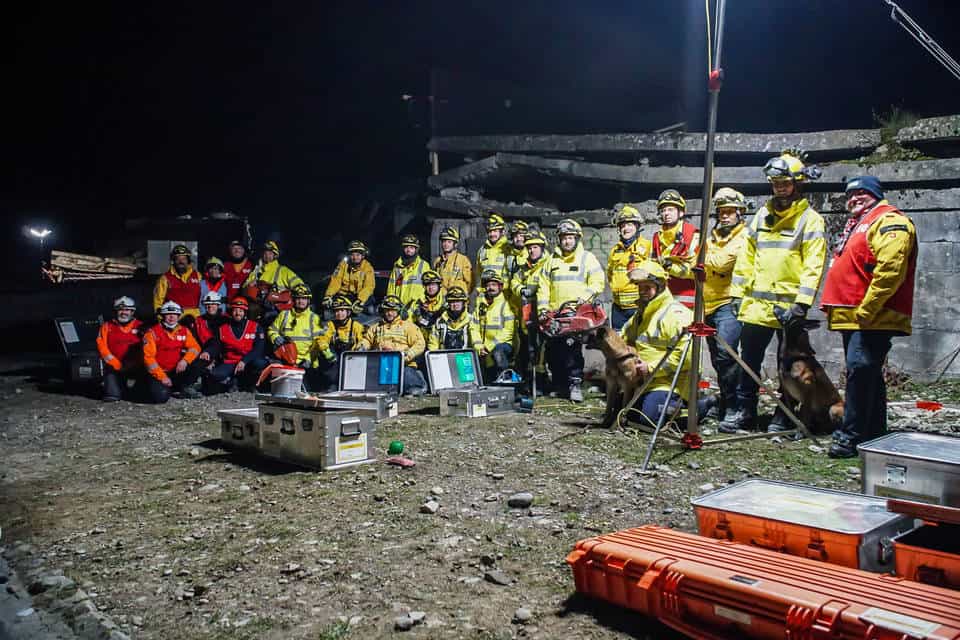
“Rapid spearhead of international aid after natural disasters”
German NGO @fire classified as the world’s first Light USAR team in the earthquake rescue of the United Nations
Osnabrück/Geneva, November 25, 2021 – Over the last few days, the German NGO @fire got classified by the United Nations as the first international search and rescue team in the category “Light”. For several days, a 20-member rescue team got through a major exercise in Switzerland.
On Sunday at 9:36 a.m. local time, a devastating earthquake of magnitude 7.1 shook the Republic of Jureneva. The local government estimates at least 2,300 injured and 1,000 dead. Around 1,300 people are getting missed in the more than 1,500 collapsed buildings. This is the scenario of the exercise “INSIEME 21” of the International Search and Rescue Advisory Group (INSARAG) of the UN.
After an initial assessment of the situation by the @fire home staff, the @fire rescue team will be alerted and mobilized on Sunday. The specialists for biological and technical locating as well as for technical rescue, a construction consultant, three rescue dogs, logisticians, and other disaster specialists, gather for the final equipment and medical check in the Waldkirch Rescue Centre (BW).
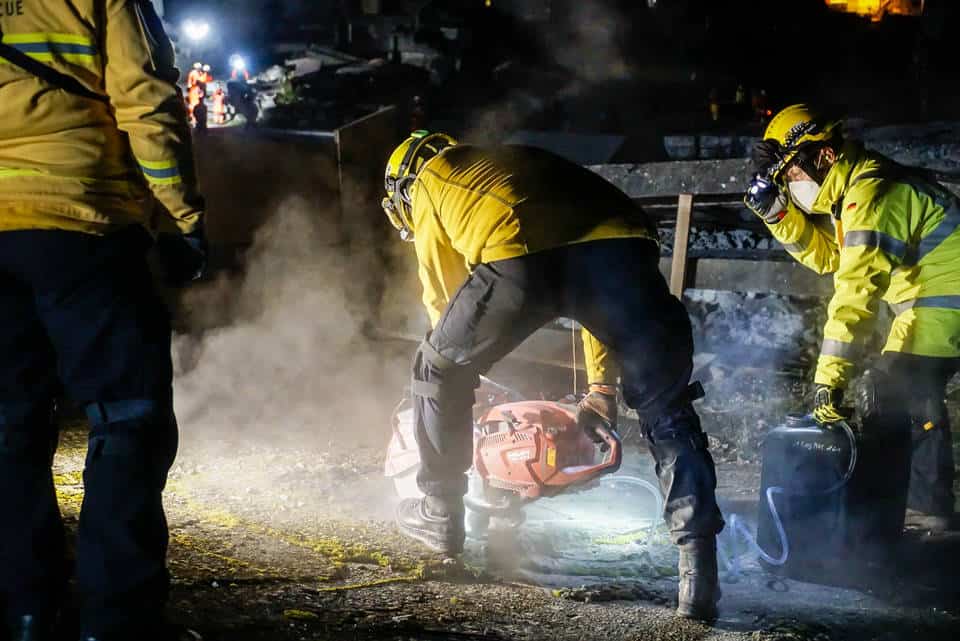
On Monday morning, the team finally moves to the assumed area of operation, a training area of the Swiss Army in Epeisses near Geneva (Switzerland). Once there, the first step is putting the Reception and Departure Centre (RDC) into operation through which all arriving rescue teams are received and registered. At the same time, a small tent city is getting set up as the Base of Operations for the @fire team. This base serves as self-sufficient accommodation and Operations Centre from which the individual worksites are getting approached.
After an initial exploration of the area of operation, the team has to work through the first worksite on Monday evening. With the rescue dogs and technical locating devices, a person must be located in a collapsed house and freed employing a breakthrough. Until late at night, the disaster relief workers are busy rescuing before returning to their Base of Operation for a short night’s sleep.
Further worksites at various collapsed buildings will follow on Tuesday and Tuesday night. In addition, more missing persons should be found and rescued employing vertical and horizontal breakthroughs through steel-weighted concrete as well as rescued using pneumatic lifting bags, a winch, and rope technology. Also, the construction of support and the cooperation with a crane is one of the executed tasks.
More than 30 classifiers from 23 countries and international observers evaluate the disaster relief workers based on the requirements of the INSARAG Guidelines. In addition to the first- time classification of @fire as a Light team, the Heavy team “Swiss Rescue” from Switzerland and the Medium team “PUI” from France are getting recertified as part of INSIEME 21.
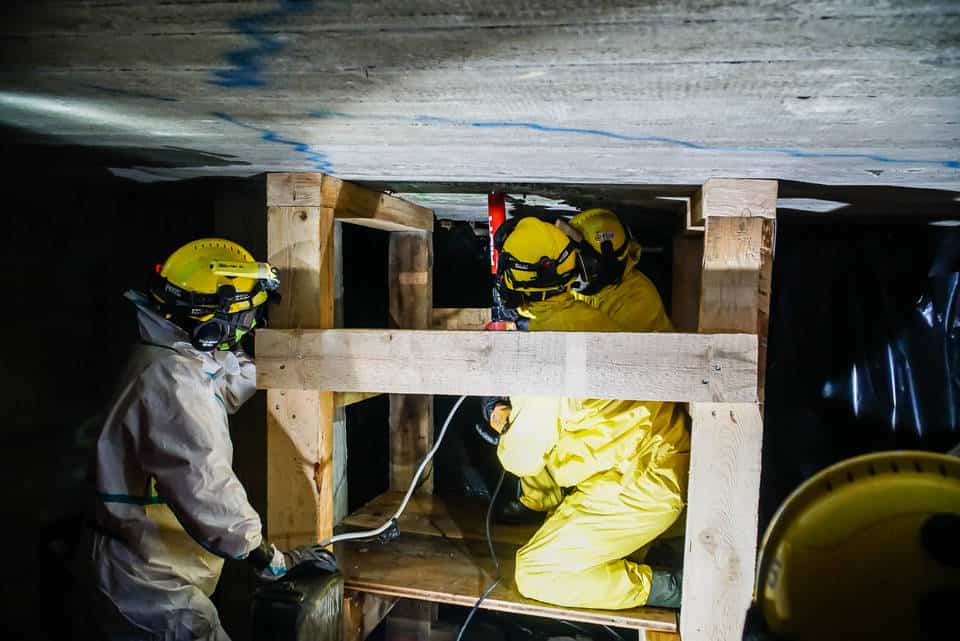
After the successful completion of the rescue work on Wednesday morning, the INSARAG representatives were able to hand over the official certificate to the @fire team. The aid organization @fire is thus the first search and rescue team worldwide which got classified as a Light USAR team.
“Almost 16 years ago, we started to deal with the topic of USAR. With milestones in Haiti, Nepal, and Beirut. We have not only become a member of the international USAR community but have also set the tone with the development of a Light USAR team”, says @fire president Jan Südmersen proudly. “As a Light team, we are the rapid spearhead of international aid after devastating natural disasters.”
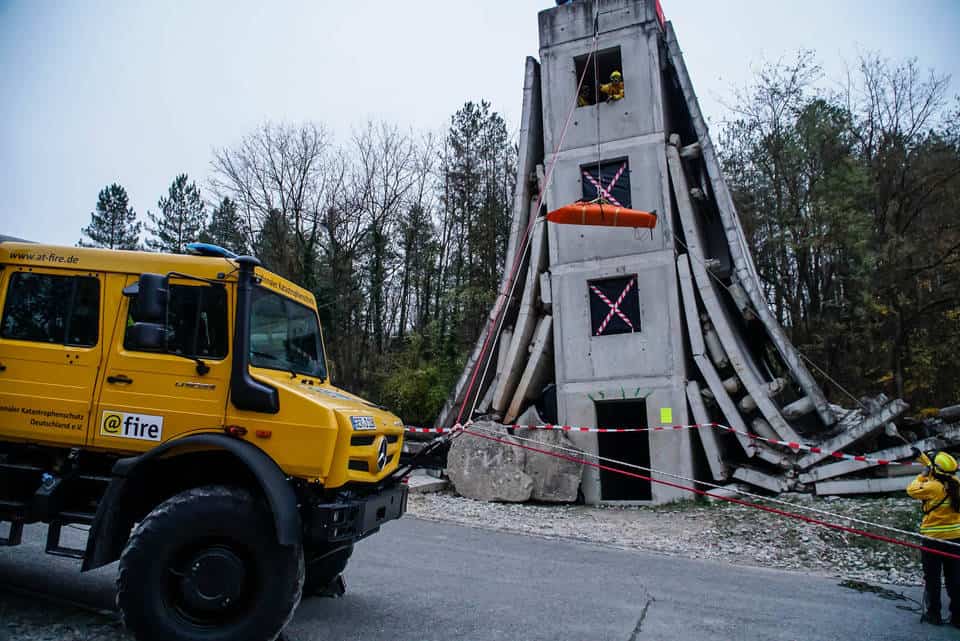
--------------
Background:
As an organization of the United Nations, the International Search and Rescue Advisory Group (INSARAG) coordinates and standardizes international cooperation in the field of Urban Search and Rescue (USAR), i.e., the search and rescue after natural disasters such as earthquakes. All rescue teams must comply with an External Classification (IEC) and regular Reclassifications (IER) in one of the three classification levels – Light, Medium, or Heavy USAR team. In Germany, the Federal Agency for Technical Relief (THW) is classified as a team at heavy level, and the aid organization “ISAR Germany” is classified as a team at medium level so far. The classification level “Light” was developed based on the findings of the rescue operations after the Nepal Earthquakes in 2015 within in the INSARAG in collaboration with @fire.
The minimum number of deployed personnel required for a Light Team is 17, a Medium Team is 40 while a Heavy Team is 59. According to the INSARAG Guidelines a Light USAR Team can conduct search and rescue operations in collapsed or failed structures of wood and unreinforced masonry construction, including structures reinforced with steel mesh. They must also conduct rigging and lifting operations. A Light USAR Team is required to have the capacity to work at a single worksite and must be adequatly stuffed to allow for 12-hour operations at one site for up to five days.


